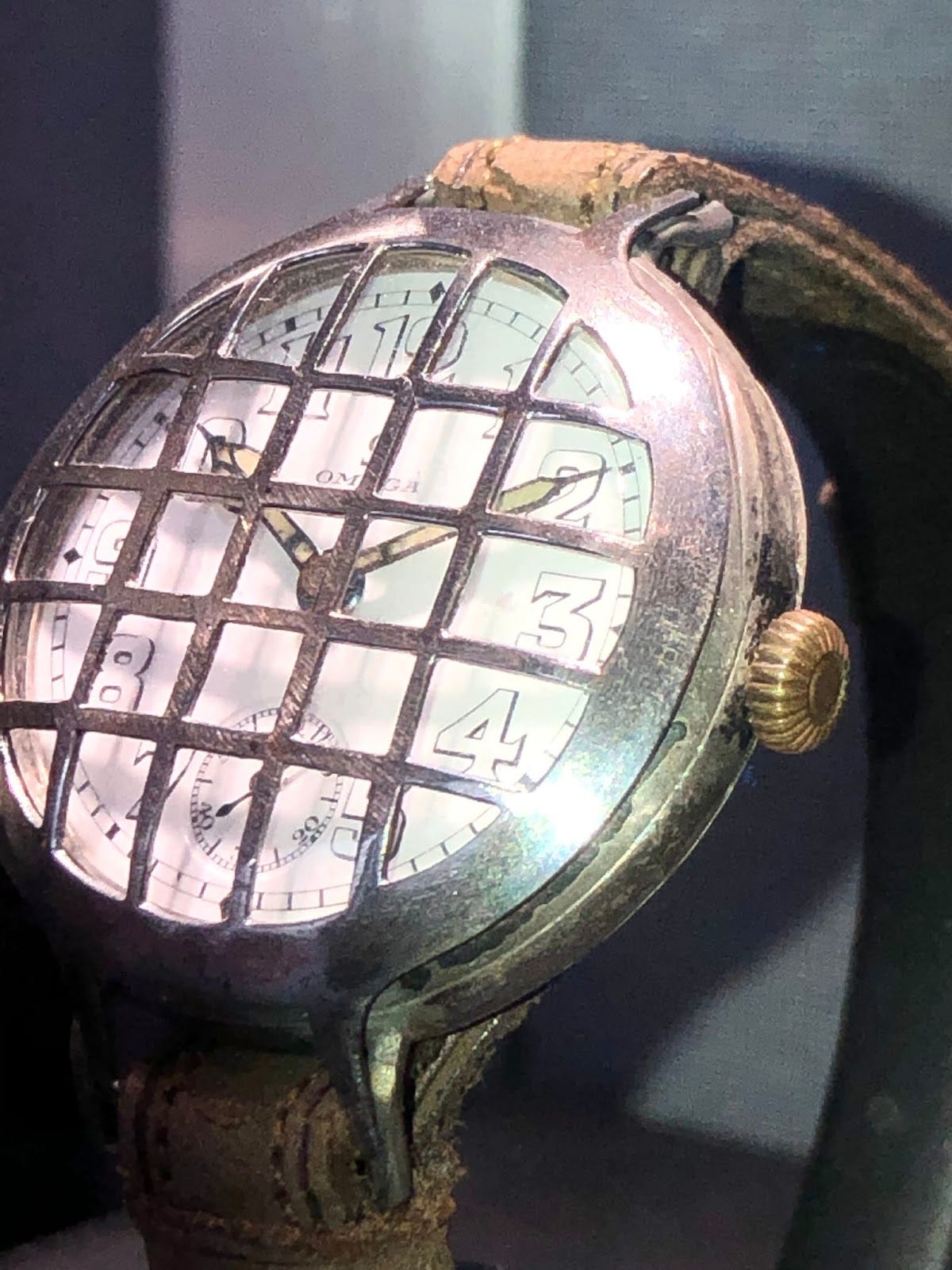Beauty Emerges from Purpose
How watchmaking's form-follows-function principle transformed utilitarian timepieces into coveted works of mechanical art while maintaining their essential purpose.
In 1916, as World War I raged across Europe, a peculiar transformation occurred on the wrists of soldiers. The pocket watch, long a gentleman's accessory tucked away in waistcoats, was being strapped to wrists with leather holders and makeshift lugs. This adaptation wasn't born from fashion but necessity—officers needed to synchronize attacks and time artillery barrages without fumbling through pockets while under fire. The British War Department began issuing purpose-built "trench watches" with unbreakable glass, luminous dials, and wire lugs welded to protective cases—designs specifically addressing combat conditions. These timepieces featured reinforced hunter cases with metal grilles (nicknamed "shrapnel guards") to protect the crystal while maintaining legibility. This wartime innovation perfectly embodied the principle that would come to define horological excellence: form follows function. A design philosophy where necessity creates beauty, and practicality elevates aesthetics rather than compromising them.
Modern watch design continues to exemplify the principle that beauty emerges from purpose. Today's timepieces achieve aesthetic distinction not through superfluous ornamentation but through the elegant expression of their mechanical necessities. Consider the minimalist dials of Bauhaus-inspired watches, where numerals and hands are reduced to their essential forms, prioritizing legibility while creating a timeless visual language. Similarly, dive watches with their rotating bezels and luminous indicators manifest beauty through their underwater functionality. The transparent case backs revealing intricate movements in luxury mechanical watches perfectly illustrate this concept—the visual appeal derives directly from exposing the functional elements. Even the distinctive crown guards on tool watches like the Rolex Submariner exhibit how protective elements can become defining aesthetic signatures. This integration of purpose and beauty has become so seamless that many design elements originally developed for functionality (like the cushion case of the Panerai Luminor) are now appreciated primarily for their distinctive appearance.
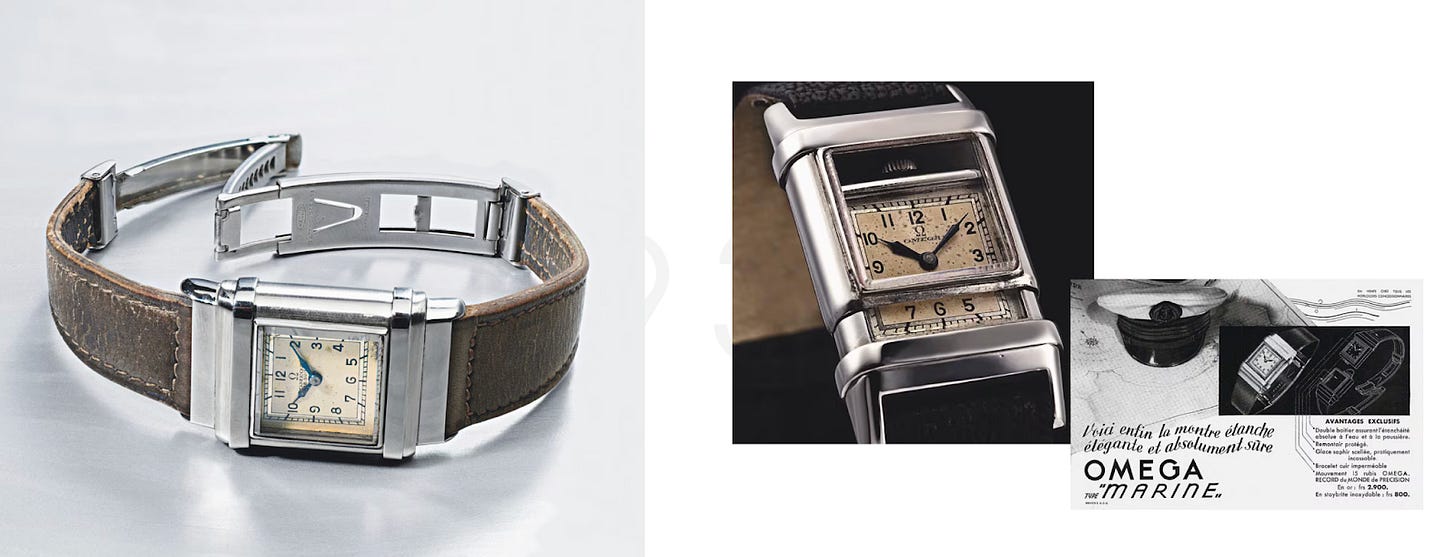
This application of "form follows function" dramatically improves a watch's practical utility beyond mere aesthetics. Pilot watches with oversized crowns were originally designed to be operated while wearing gloves, creating both a distinctive appearance and enhanced usability. Similarly, high-contrast dials with large numerals emerged from the necessity of quick readability in challenging conditions.

These functional design choices have become signature elements of genres like field watches and aviation timepieces. Ergonomic considerations equally demonstrate this principle. Case profiles that conform to wrist anatomy, crown placements that prevent digging into the hand during wrist flexion, and bracelet designs that distribute weight evenly all enhance wearability while creating distinctive silhouettes. Even the tactile feedback of a precisely engineered bezel rotation or crown winding mechanism contributes to both the sensory experience and operational reliability of the timepiece.
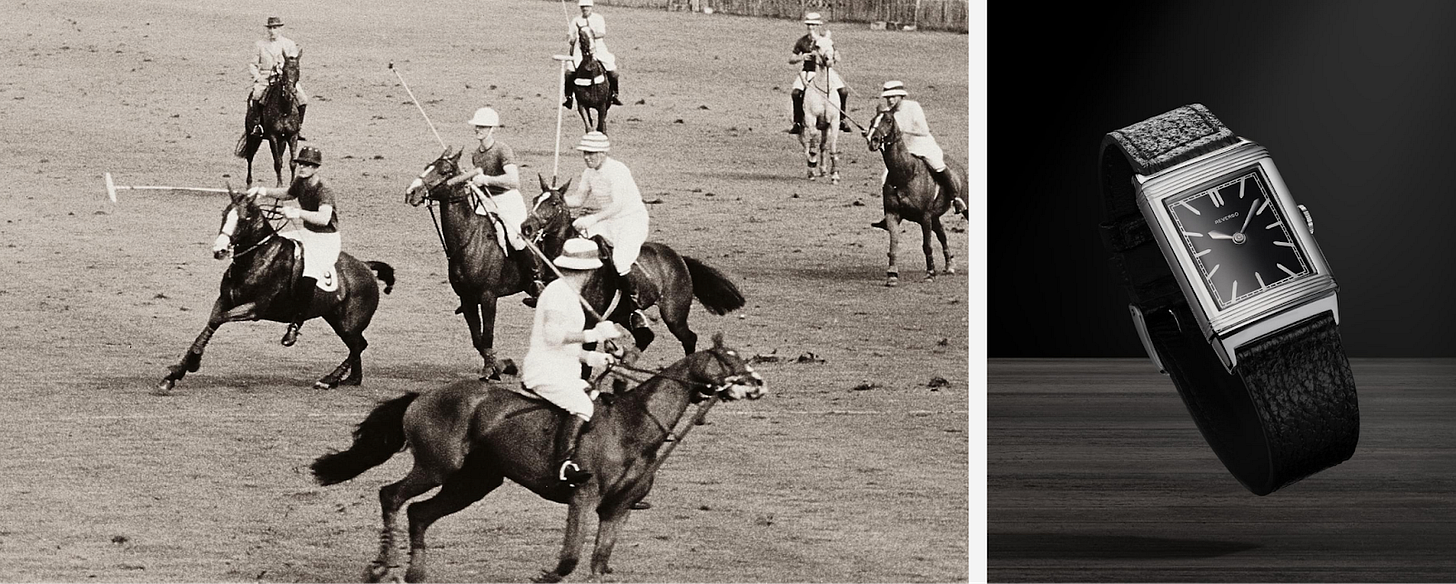
The history of watchmaking offers numerous examples where functional necessity created iconic design. The development of the Rolex Oyster case in 1926 revolutionized water resistance through its screw-down case back and crown, creating a distinctive aesthetic that remains influential. Similarly, the Cartier Santos, designed in 1904 for aviator Alberto Santos-Dumont, featured a square case and exposed screws—practical elements that became recognizable design signatures. Military watches of the early 20th century demonstrate perhaps the purest application of function dictating form. The "dirty dozen" watches commissioned by the British Ministry of Defense during World War II required optimal legibility, durability, and accuracy. Their black dials, white numerals, and straightforward cases established a template that continues to influence field watch design today. The emergence of specialized professional watches in the mid-20th century further illustrates this principle. The Omega Speedmaster's tachymeter bezel and chronograph layout, designed for precise timing, became iconic after NASA selected it for space missions. Its design was purely functional, yet it created a visual language that defines the chronograph category.
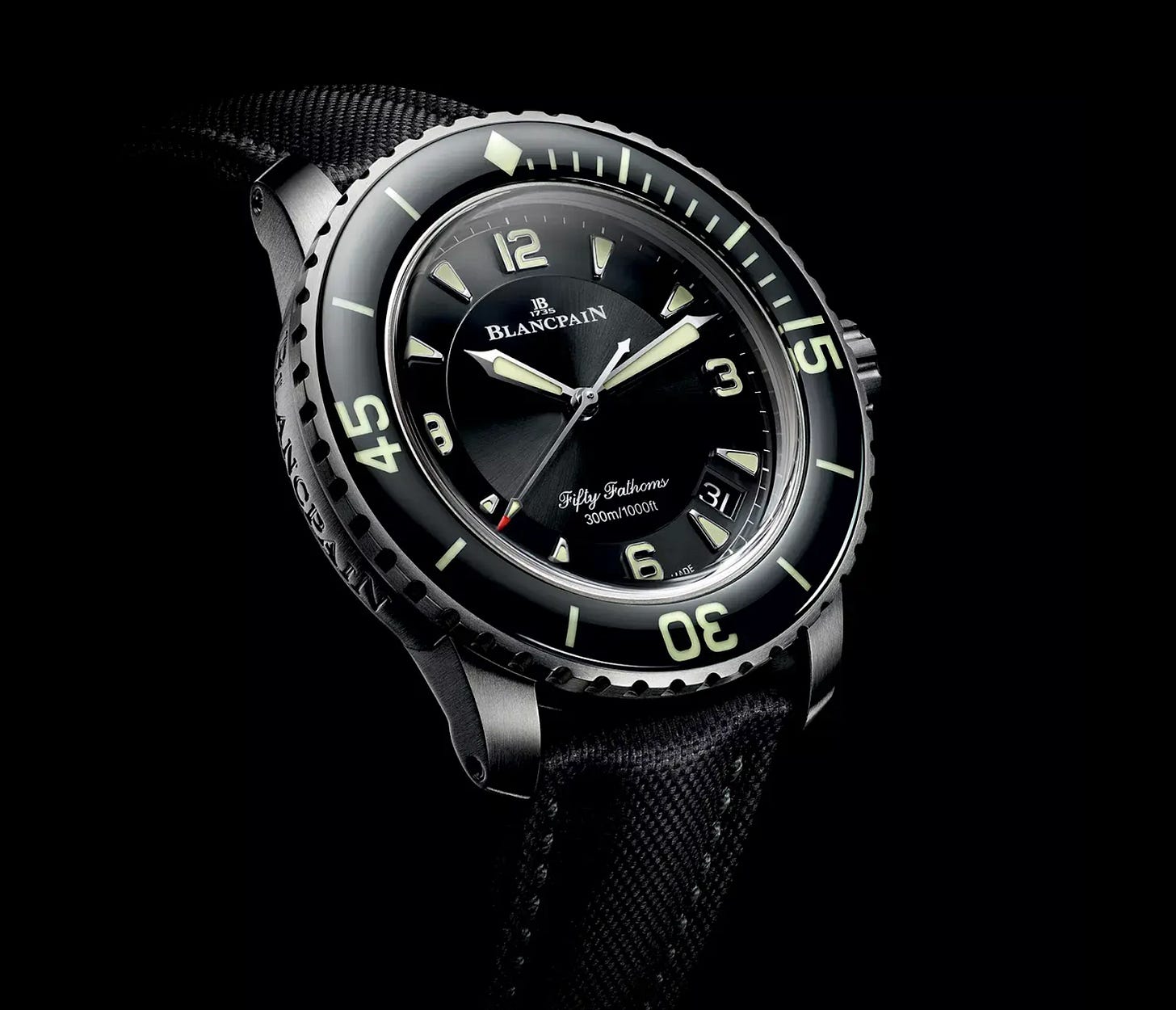
While the principle remains consistent, different cultures have developed distinct approaches to balancing form and function in watchmaking. Swiss watchmaking traditionally emphasizes mechanical precision and refined finishing, creating an aesthetic that celebrates technical excellence. Japanese watchmaking, exemplified by brands like Seiko and Citizen, often prioritizes practical innovation and efficient manufacturing, resulting in designs that communicate reliability and value. German watch design, particularly from the Glashütte region and the Bauhaus tradition, embraces rational clarity and technical purity, producing timepieces with architectural precision and restrained elegance. In contrast, Italian design influence has often pushed watchmaking toward bolder expressions, emphasizing emotional impact alongside functionality. American watchmaking, during its heyday in the late 19th and early 20th centuries, prioritized standardized production and practical robustness, developing pocket watches that emphasized reliability and ease of service. Each of these cultural interpretations demonstrates how values and priorities shape the manifestation of function through form.
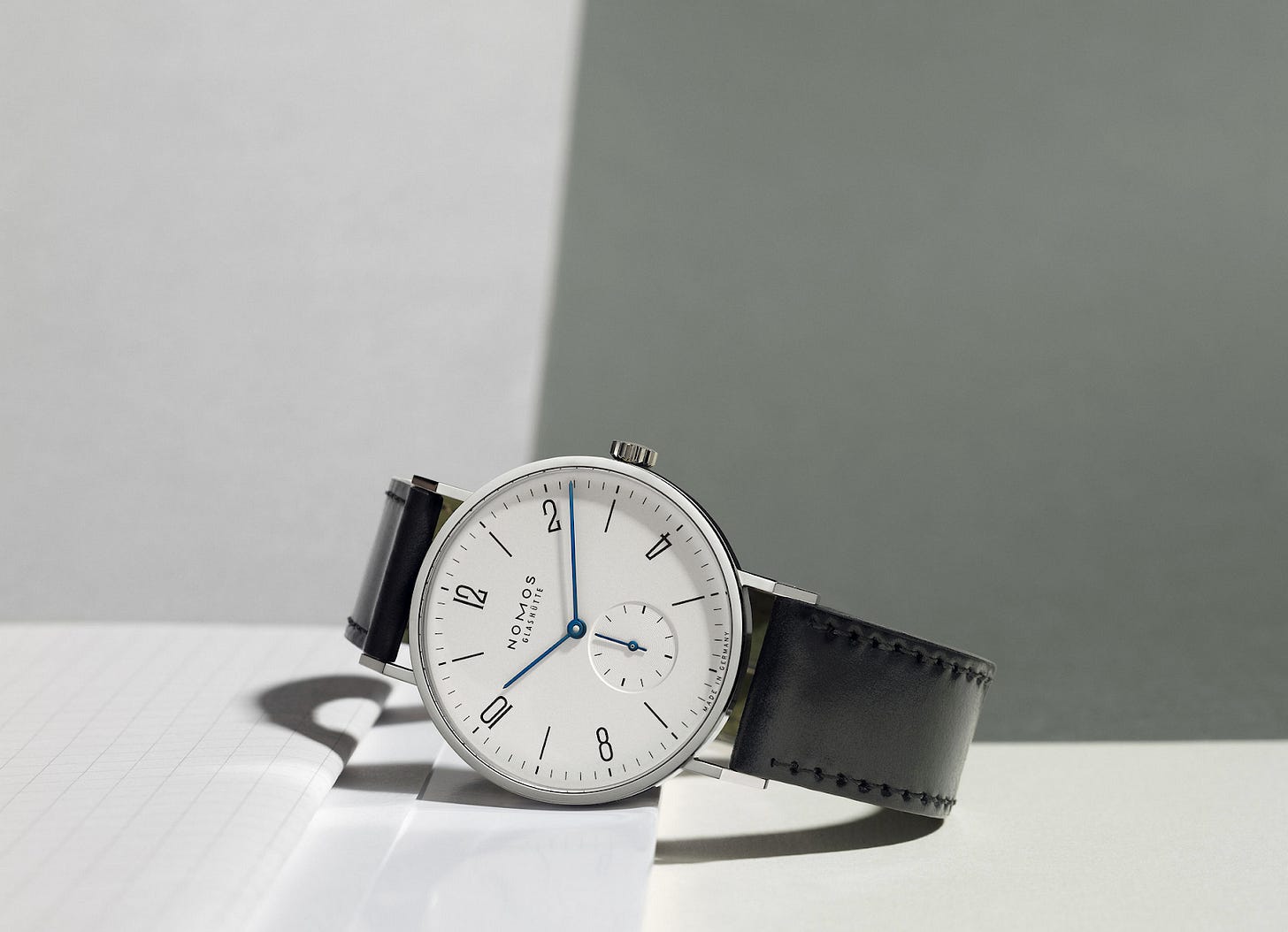
These cultural approaches are further shaped by consumer preferences, which significantly influence how watchmakers interpret "form follows function." In recent decades, mechanical watches have shifted from primarily utilitarian tools to luxury objects and personal expressions. This transition has complicated the pure application of functionalist principles, as consumers often seek watches that signal status, heritage, or personal style alongside practical timekeeping. Market research consistently shows that while consumers claim to value functionality, purchasing decisions are heavily influenced by aesthetic and emotional factors. Watchmakers respond by creating designs that suggest functionality—overbuilt cases, technical-looking dials, prominent crowns—even when these elements exceed practical necessity. This phenomenon of "function-signaling aesthetics" represents an interesting evolution of the original principle. The rise of vintage-inspired designs further demonstrates this balance. Consumers often prefer the aesthetics of historical tool watches while expecting modern technical specifications. Watchmakers thus create pieces that visually reference functional designs of the past while incorporating contemporary materials and movements—a practice that some purists criticize as privileging form over function.
The delicate balance between tradition and innovation becomes even more apparent when considering the integration of modern technology, which presents profound challenges to traditional watchmaking philosophy. Smartwatches, with their multiple functions and digital interfaces, must balance competing functional requirements, often leading to compromises in both form and specific functionalities. Apple's decision to incorporate a crown-like digital crown on its Apple Watch demonstrates an attempt to reference traditional watchmaking while serving entirely different technical needs. Traditional mechanical watches have responded to technological competition by emphasizing craftsmanship and heritage while selectively incorporating modern materials. Ceramic bezels, silicon escapements, and carbon composite cases allow for enhanced performance without visually disrupting established design languages. This approach maintains the connection between form and function while acknowledging contemporary technical possibilities. Hybrid approaches are increasingly common, with watches that combine mechanical movements with electronic modules for additional functionality. Brands like Frederique Constant and Tissot have created pieces that preserve traditional aesthetics while incorporating activity tracking and notifications. These represent attempts to reconcile competing functional paradigms while maintaining design coherence.
These technological advancements highlight the significant challenges watchmakers face when attempting to balance form and function. Water resistance requirements often dictate case thickness and crown design, potentially compromising wearability and elegance. Similarly, the inclusion of complications like chronographs or moon phases introduces dial complexity that can reduce legibility, the most basic functional requirement of a timepiece. Material constraints present another challenge. While lightweight materials like titanium or carbon composites offer functional benefits, they often cannot replicate the luxurious weight and feel of traditional metals that consumers associate with quality. Watchmakers must decide whether to prioritize practical performance or sensory experience. Cost considerations further complicate this balance. Pure functionalism might dictate design choices that prove prohibitively expensive to manufacture or maintain. Brands must make pragmatic compromises, sometimes sacrificing theoretical functional optimization for production feasibility or serviceability.
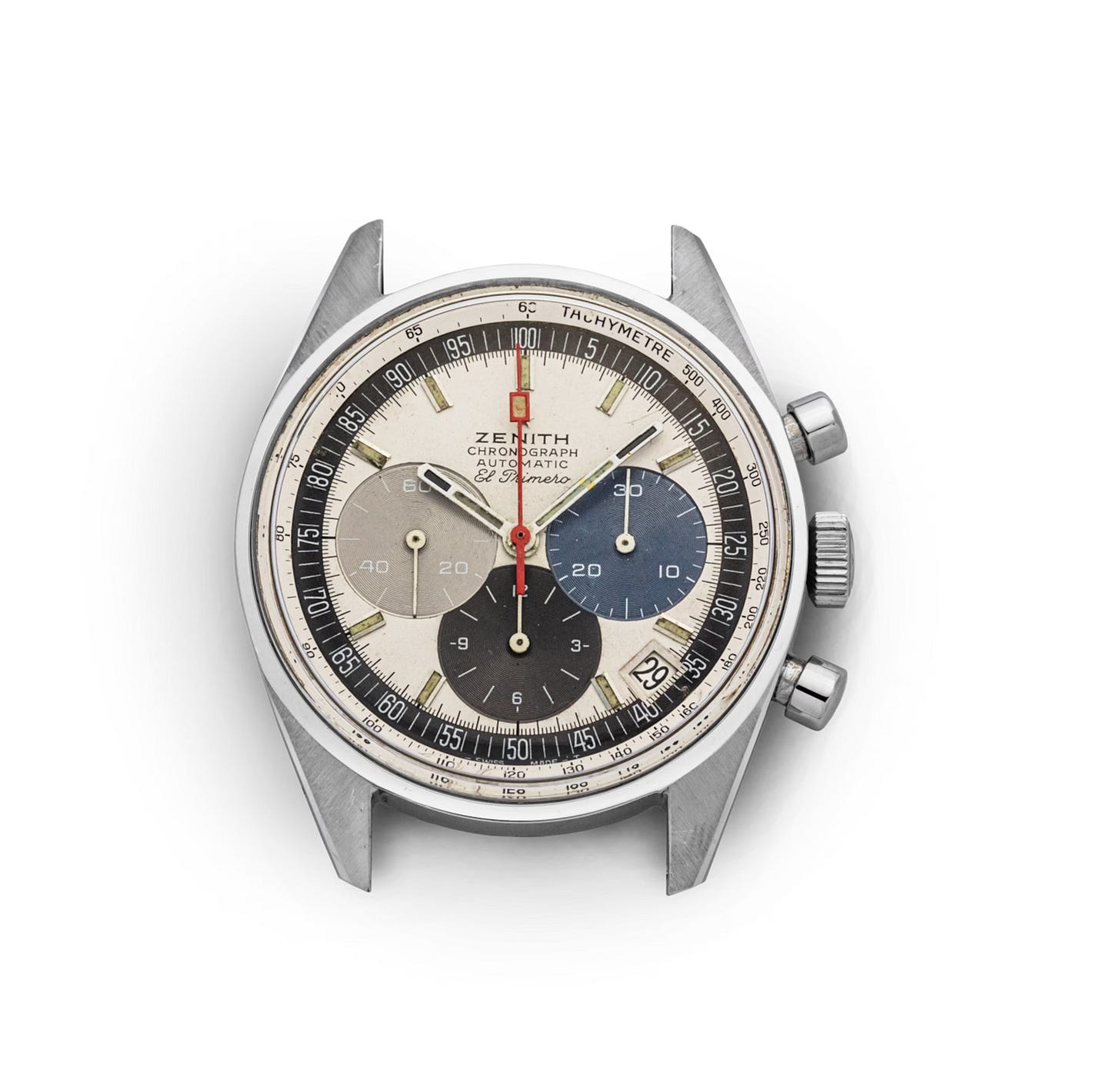
Despite these challenges, contemporary watchmaking has evolved from the straightforward functionalism of mid-century tool watches toward more nuanced interpretations of "form follows function." Modern designs often acknowledge that emotional connection and aesthetic satisfaction are themselves functional requirements for luxury objects worn daily. Independent watchmakers like François-Paul Journe and Philippe Dufour exemplify a new interpretation where the function of expressing horological artistry dictates forms that celebrate mechanical beauty. Their timepieces feature layouts and finishing techniques that highlight the watchmaker's craft, making the appreciation of horology itself a primary function. Material innovation has also transformed contemporary approaches. Richard Mille's ultra-lightweight sports watches use advanced composites to achieve unprecedented performance specifications, creating distinctive skeletal aesthetics that directly express their technical purpose. Similarly, brands like Hublot have developed fusion concepts that combine traditional and cutting-edge materials, creating visual expressions of technical innovation.
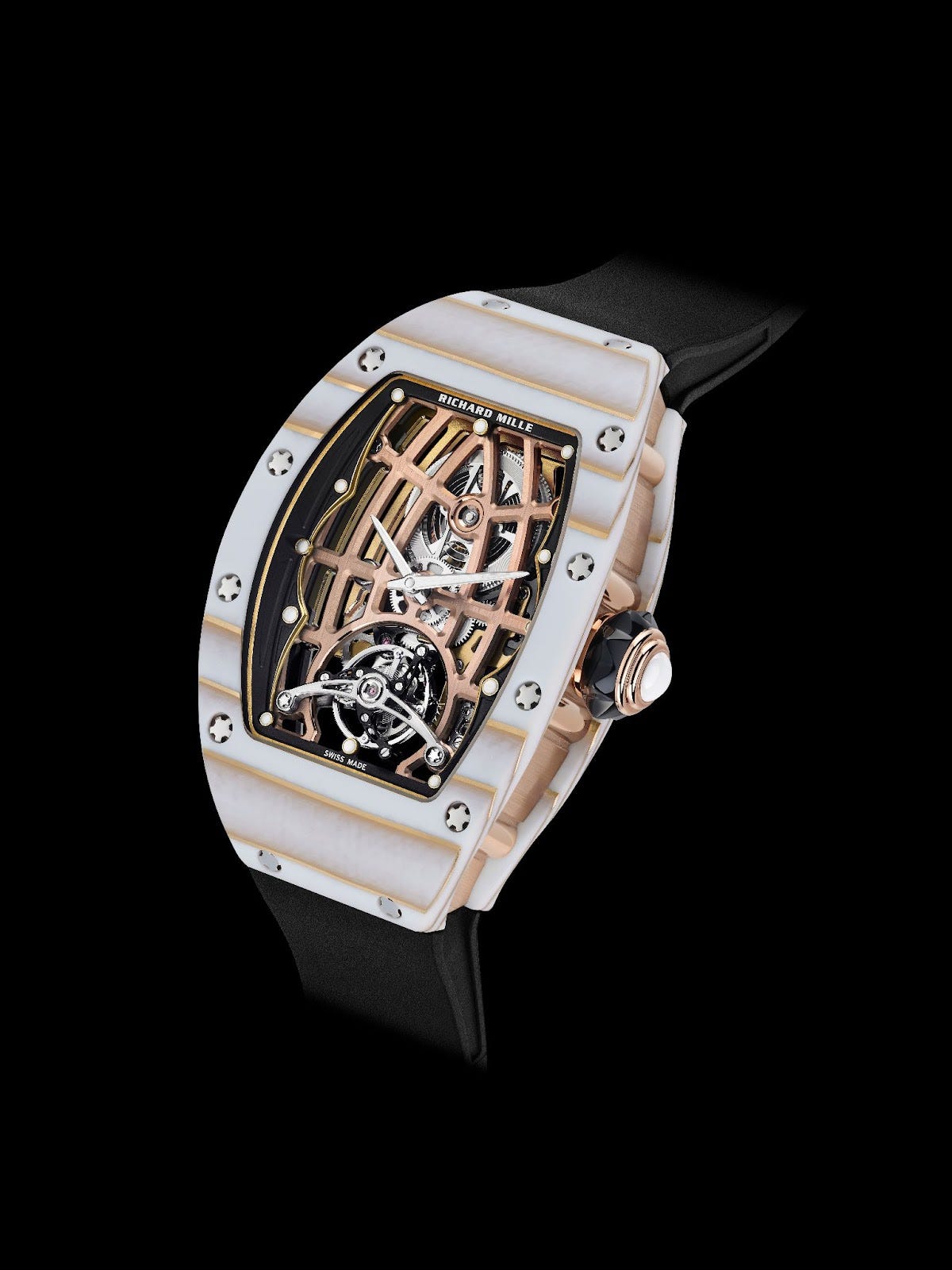
Materials science plays a critical role in realizing these evolving interpretations of "form follows function" principles in watchmaking. The development of synthetic sapphire crystal made possible the glare-proof, scratch-resistant watch faces now standard in quality timepieces. Similarly, advancements in metallurgy have enabled the creation of corrosion-resistant alloys like 904L steel and paramagnetic alloys for movement components, enhancing performance while influencing aesthetic possibilities. Ceramic materials introduced in the late 20th century offered unprecedented scratch resistance and color stability, enabling bezels and cases that maintain their appearance despite harsh conditions. These materials initially created manufacturing constraints that influenced design, as early ceramic components required simpler geometries. As processing techniques have advanced, ceramic has enabled both enhanced functionality and new aesthetic directions. Luminous materials demonstrate perhaps the clearest connection between materials advancement and functional design. The evolution from radium to tritium to modern Super-LumiNova compounds has improved safety, longevity, and brightness, directly enhancing the core function of legibility in darkness while influencing dial design and color palettes.
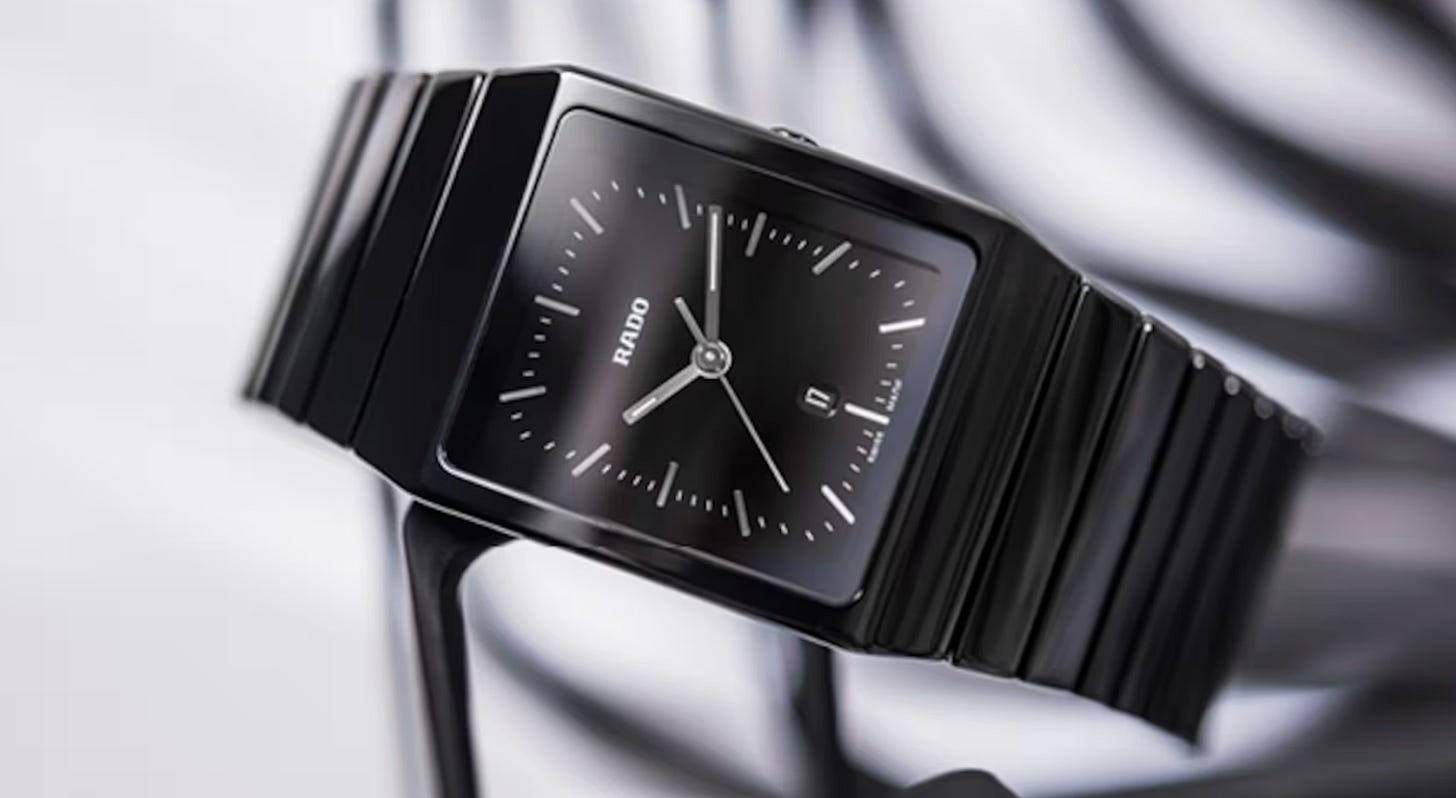
The principle of "form follows function" remains central to watchmaking despite these evolving interpretations. From the utilitarian field watches of military campaigns to the artistic expressions of independent haute horlogerie, this philosophy continues to guide how timepieces are conceived and evaluated. The most successful watch designs achieve a harmony where aesthetic appeal emerges naturally from functional excellence, creating objects that satisfy both practical needs and emotional desires. As watchmaking continues to navigate technological disruption, changing consumer preferences, and material innovations, this fundamental principle provides a valuable framework for resolving competing demands.
Author: Sergio Galanti



